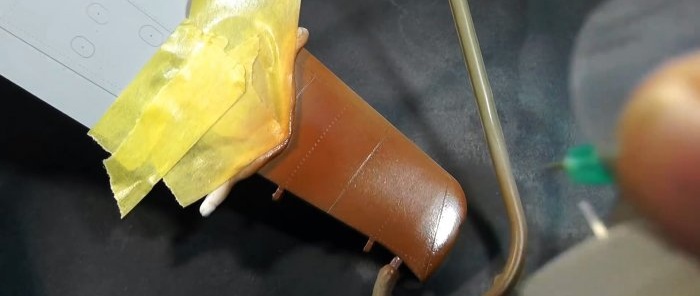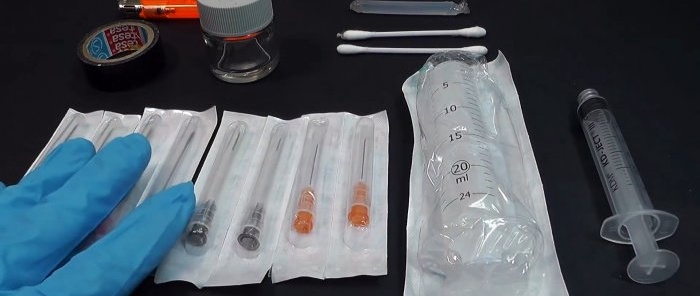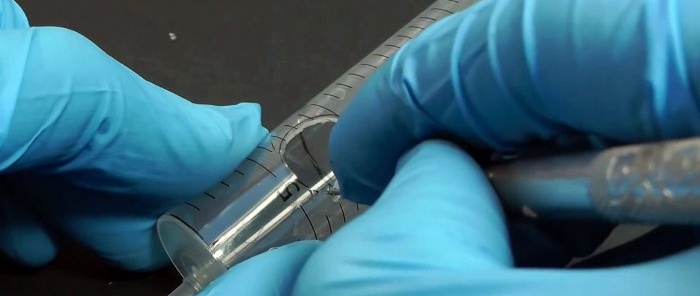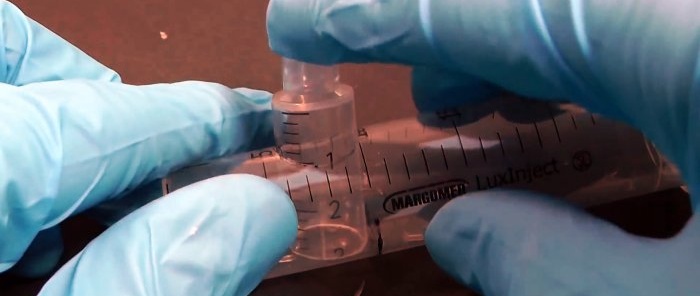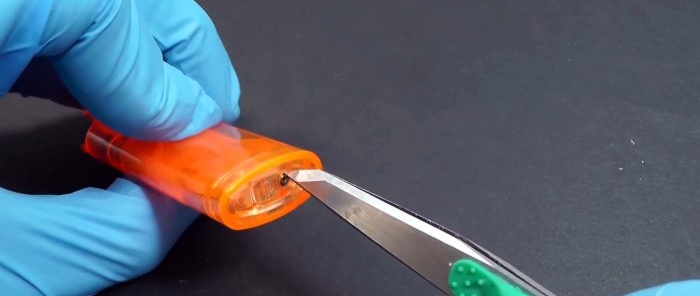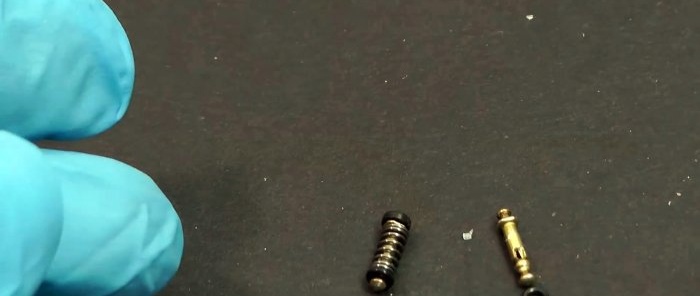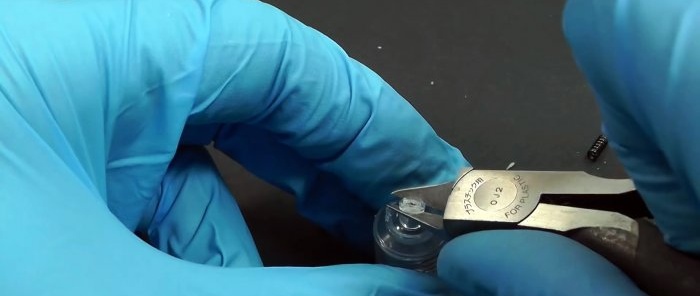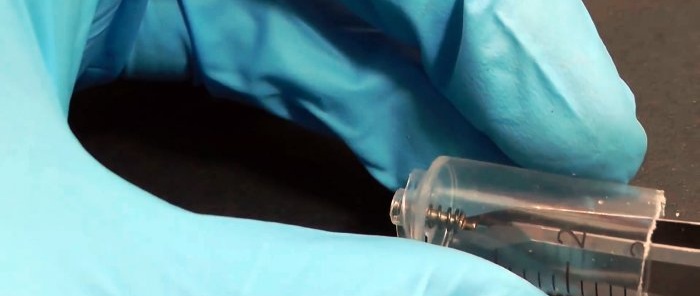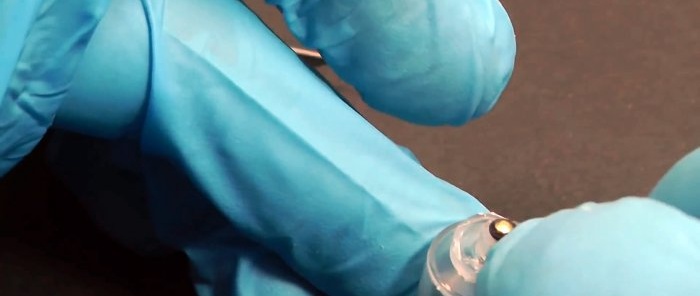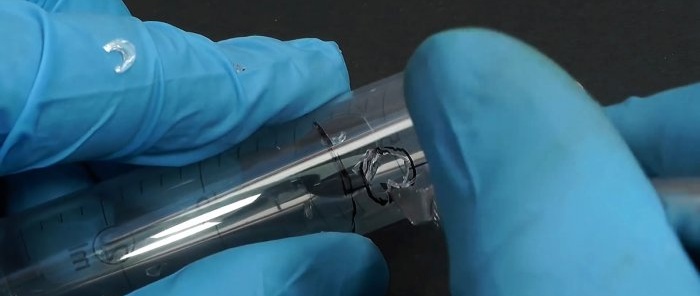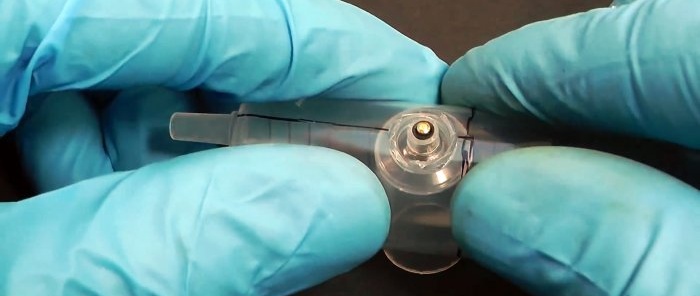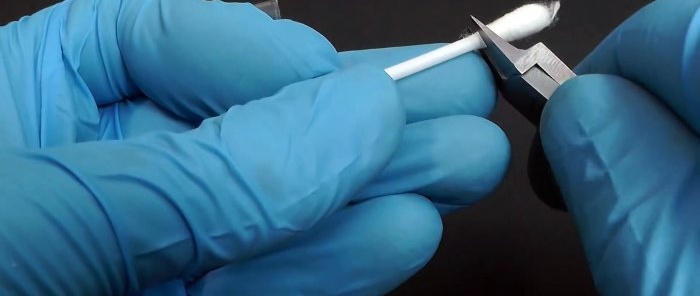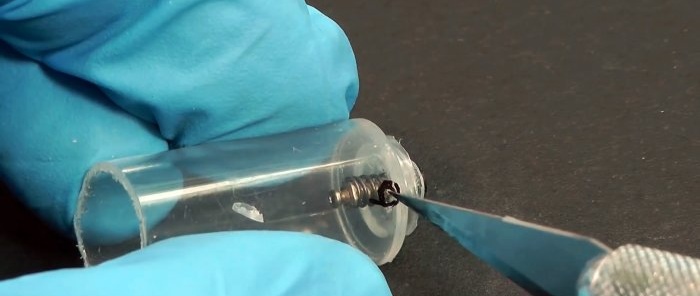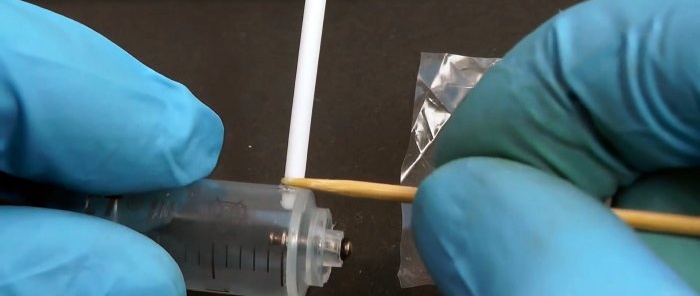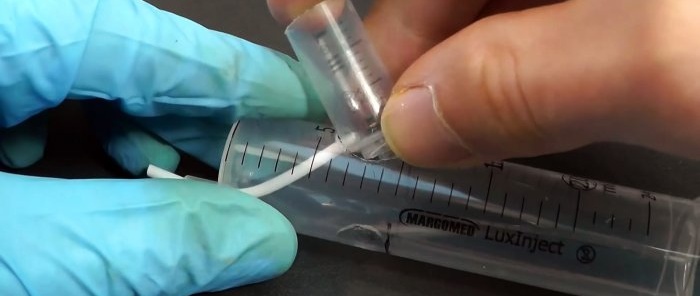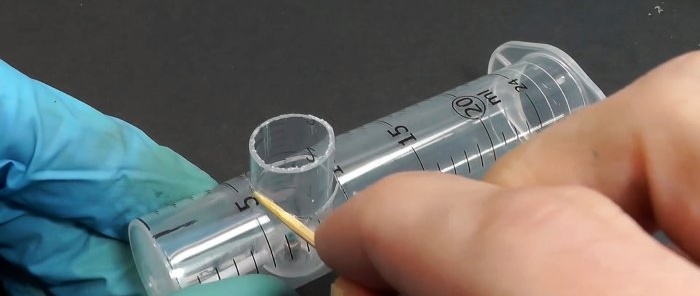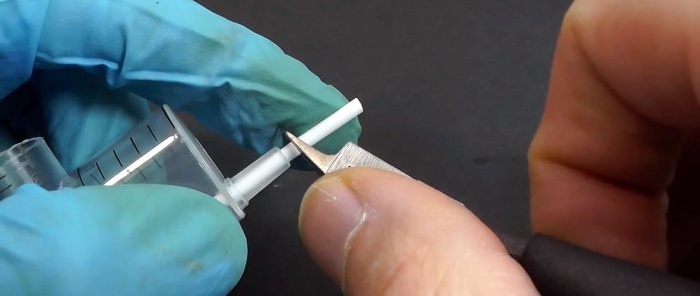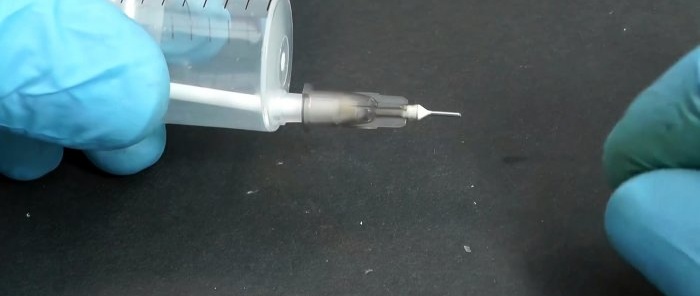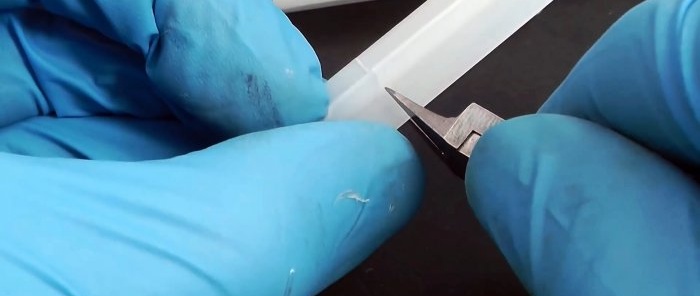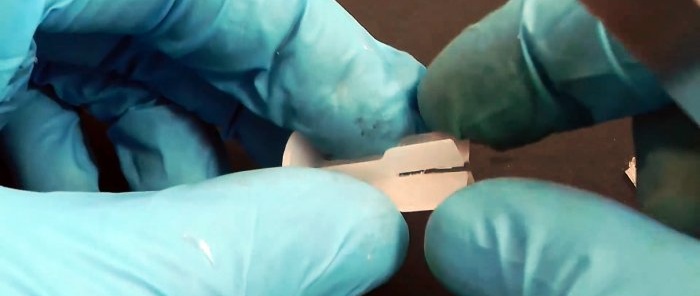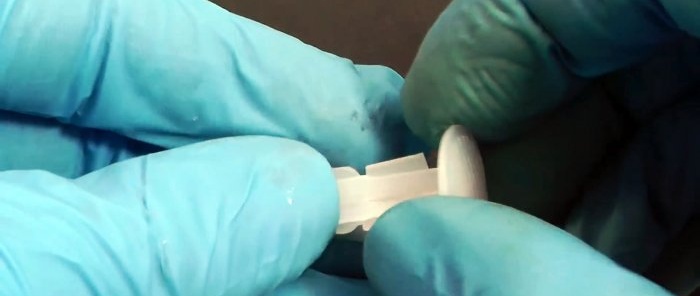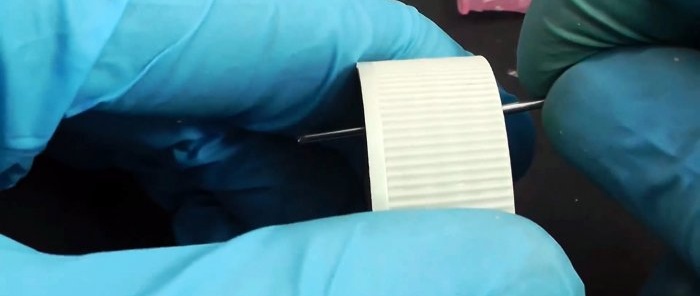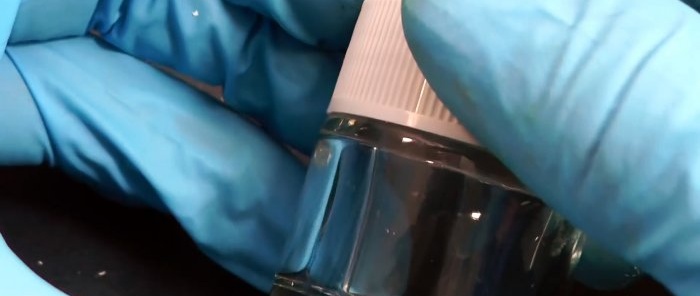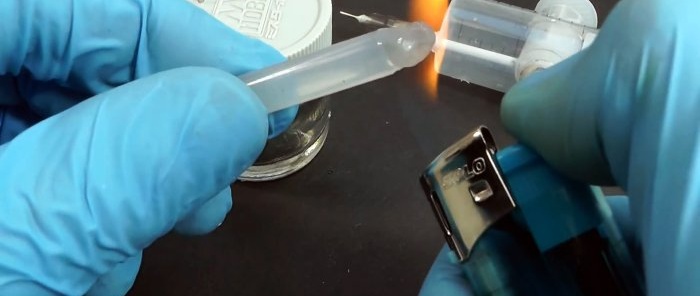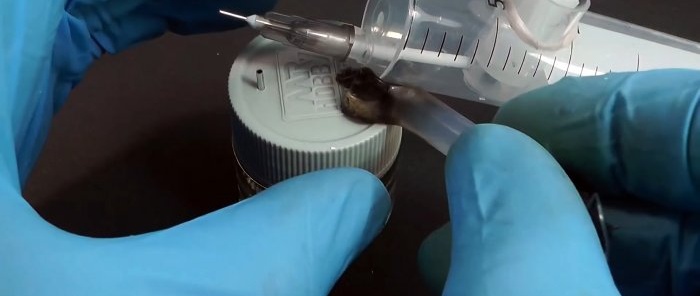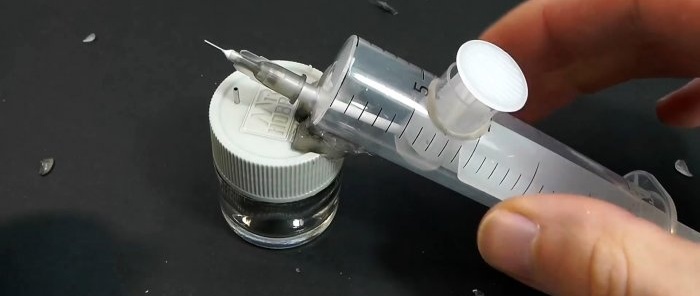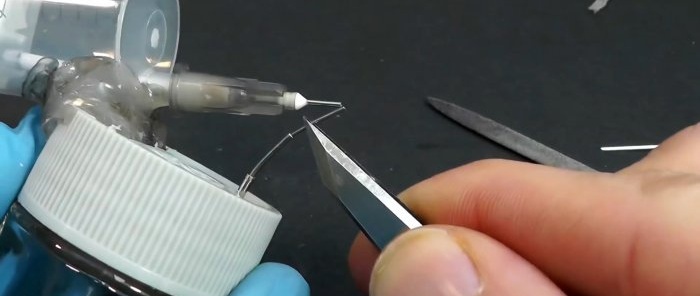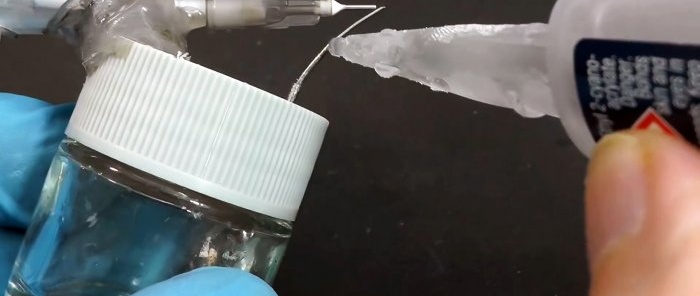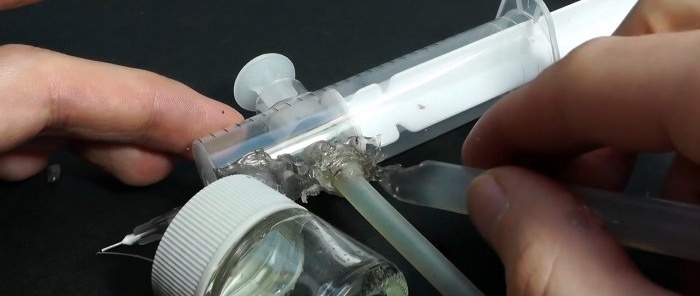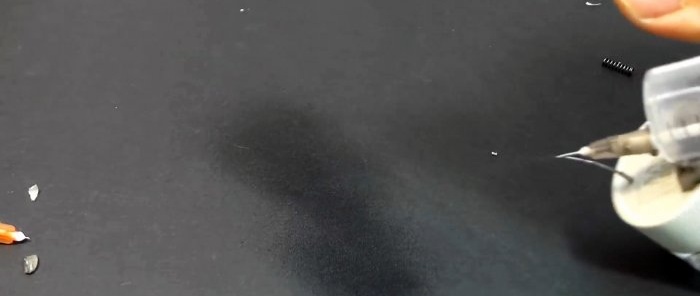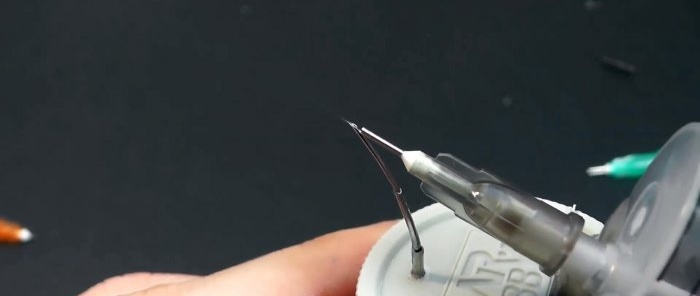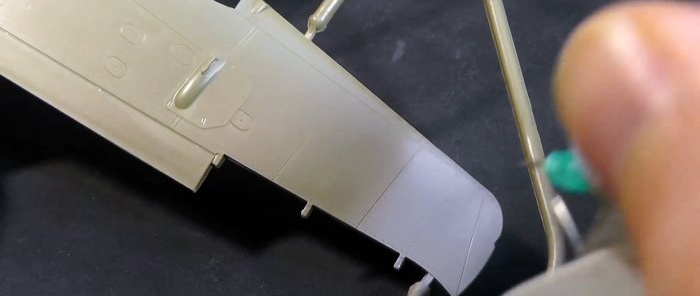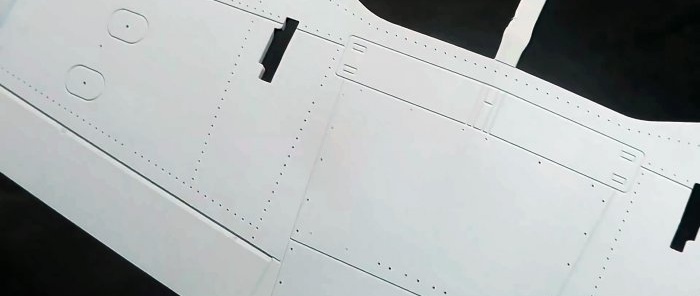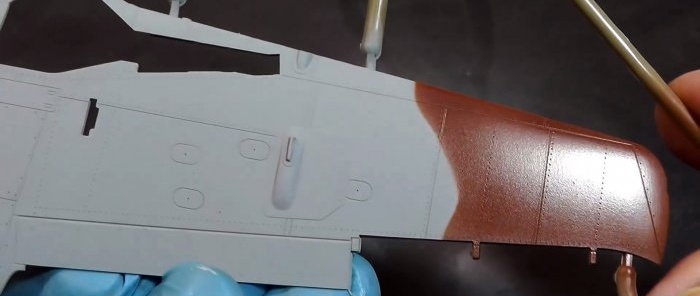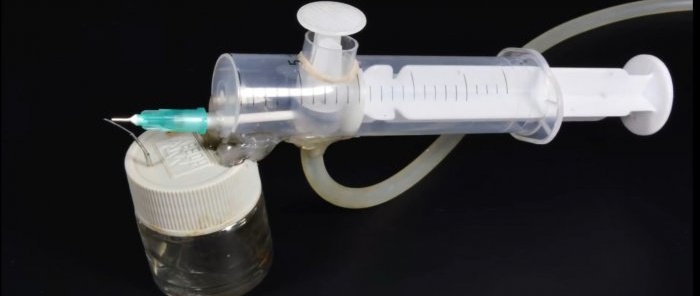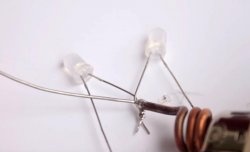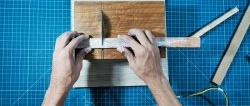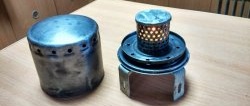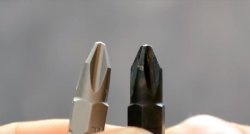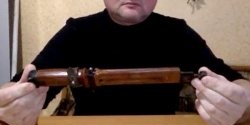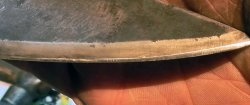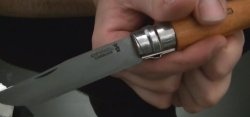How to make a simple mini airbrush from syringes
For high-quality painting of small parts, mini airbrushes are used. This is quite expensive equipment, which also needs to be connected to an equally expensive mini compressor. If you don’t want to spend money on such a device, you can make it yourself. At home, the airbrush is assembled from disposable syringes. You can use a cheap aquarium compressor as an air blower for it.
The bulb of the smaller syringe is cut in half. Then a round hole is cut in a large syringe between marks 5 and 10 to accommodate the trim.
Next, you need to disassemble the lighter body and remove its filling valve.
It is then installed into the nozzle of the syringe. To do this, the nose is shortened.
The spring on the valve is shortened before installation. It is inserted into the spout from the inside of the flask with the rubber band previously removed.
To fix it, you then need to put on an elastic band on the outside of the spout. The valve is placed so that it is activated when pressed from the inside.
In the flask of a large syringe, opposite the existing hole, another hole is made for a spout with a valve.
You need to insert the smaller syringe into the larger one. After this, you need to cut a tube cut from an ear stick into the flask of the smaller one.
The tube should fit through the spout of the large syringe.
All joints should be coated with glue; it is important to achieve a tight seal.
The gap between the tube and the nozzle of the large syringe is also sealed. The tube itself is cut so that it extends beyond the spout of 2-3 mm.
The spray nozzle is made from a shortened needle. You can prepare several needles of different sections to work with paints of different viscosities.
Next you need to make a button to supply paint. It is made from a piston for a 5 cc syringe. It is cut, the halves are shortened along the rod, then joined with the back sides facing outward. Next, the piston is installed in a trimmed 5 cc flask.
When pressed, it presses the valve and it opens. If you remove the pin, the spring will push the piston back and the valve will close.
Make 2 holes in the lid of the paint jar using a large diameter needle.
Then the plastic part of the needle is cut off and it is inserted into the jar to the bottom.
Next, you need to glue the lid of the jar to the body of the airbrush using hot glue. A small angle should form between them.
Then you need to insert 2 more needles into the needle in the lid of the jar. One has a medium and the other a small diameter. It looks like a telescopic tube. It needs to be bent so that its edge meets the airbrush nozzle.
After this, the end of the telescopic tube is sharpened a little for a tighter fit to the nozzle. All needle joints are coated with glue.
Finally, you need to return the plunger to the large syringe. The hose from the compressor is connected to the nozzle of the syringe with a valve; for reliability, the joint is coated with hot-melt adhesive.
To use an airbrush, you need to fill the jar with liquid paint. Then the compressor turns on. When you press the piston, air will enter the body of the device and, when blown through the nozzle, will create a pressure discharge.
As a result, the paint rises through the telescopic tube and is sprayed.
If there are problems with this, then you need to adjust the gap and the angle between the needles until an acceptable paint torch can be achieved using an experimental method.
Materials:
- disposable syringes 5 cc and 20 cc;
- gas lighter with filling valve;
- a small jar of cream or varnish;
- needles for syringes of different diameters 25G 0.5 mm, 22G 0.7 mm, 21G 0.8 mm and 18G 1.2 mm;
- ear stick;
- hot glue;
- Super glue.
The process of making a mini airbrush
The bulb of the smaller syringe is cut in half. Then a round hole is cut in a large syringe between marks 5 and 10 to accommodate the trim.
Next, you need to disassemble the lighter body and remove its filling valve.
It is then installed into the nozzle of the syringe. To do this, the nose is shortened.
The spring on the valve is shortened before installation. It is inserted into the spout from the inside of the flask with the rubber band previously removed.
To fix it, you then need to put on an elastic band on the outside of the spout. The valve is placed so that it is activated when pressed from the inside.
In the flask of a large syringe, opposite the existing hole, another hole is made for a spout with a valve.
You need to insert the smaller syringe into the larger one. After this, you need to cut a tube cut from an ear stick into the flask of the smaller one.
The tube should fit through the spout of the large syringe.
All joints should be coated with glue; it is important to achieve a tight seal.
The gap between the tube and the nozzle of the large syringe is also sealed. The tube itself is cut so that it extends beyond the spout of 2-3 mm.
The spray nozzle is made from a shortened needle. You can prepare several needles of different sections to work with paints of different viscosities.
Next you need to make a button to supply paint. It is made from a piston for a 5 cc syringe. It is cut, the halves are shortened along the rod, then joined with the back sides facing outward. Next, the piston is installed in a trimmed 5 cc flask.
When pressed, it presses the valve and it opens. If you remove the pin, the spring will push the piston back and the valve will close.
Make 2 holes in the lid of the paint jar using a large diameter needle.
Then the plastic part of the needle is cut off and it is inserted into the jar to the bottom.
Next, you need to glue the lid of the jar to the body of the airbrush using hot glue. A small angle should form between them.
Then you need to insert 2 more needles into the needle in the lid of the jar. One has a medium and the other a small diameter. It looks like a telescopic tube. It needs to be bent so that its edge meets the airbrush nozzle.
After this, the end of the telescopic tube is sharpened a little for a tighter fit to the nozzle. All needle joints are coated with glue.
Finally, you need to return the plunger to the large syringe. The hose from the compressor is connected to the nozzle of the syringe with a valve; for reliability, the joint is coated with hot-melt adhesive.
To use an airbrush, you need to fill the jar with liquid paint. Then the compressor turns on. When you press the piston, air will enter the body of the device and, when blown through the nozzle, will create a pressure discharge.
As a result, the paint rises through the telescopic tube and is sprayed.
If there are problems with this, then you need to adjust the gap and the angle between the needles until an acceptable paint torch can be achieved using an experimental method.
Watch the video
Similar master classes
Particularly interesting
Comments (1)

